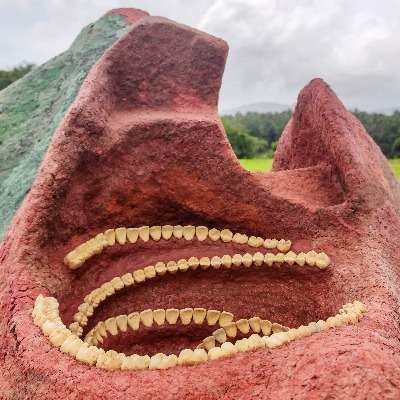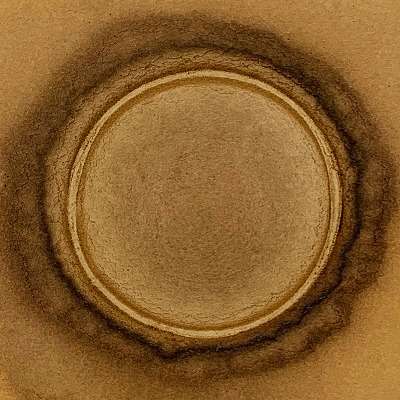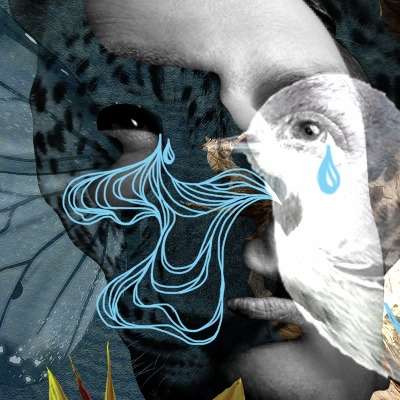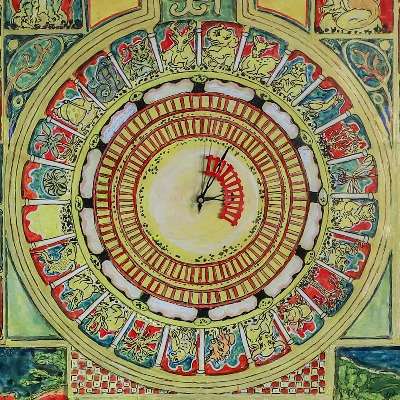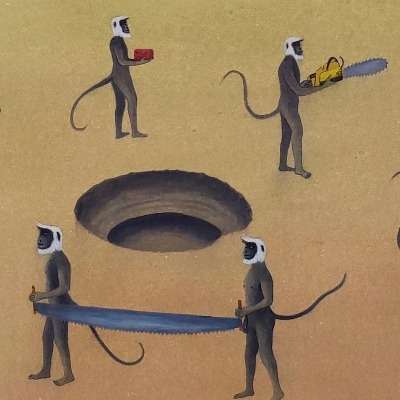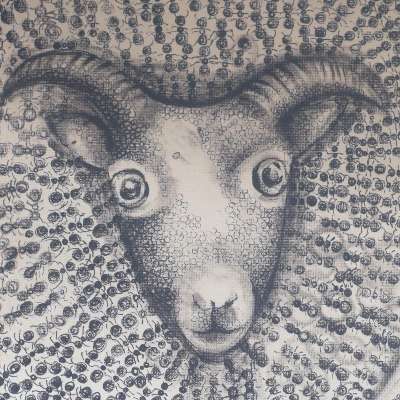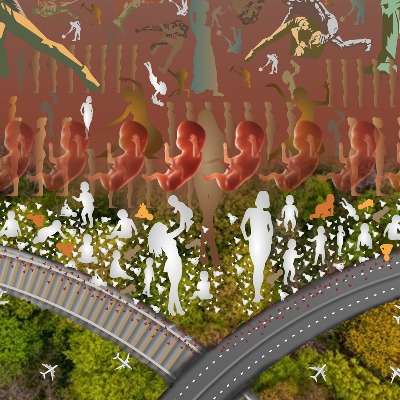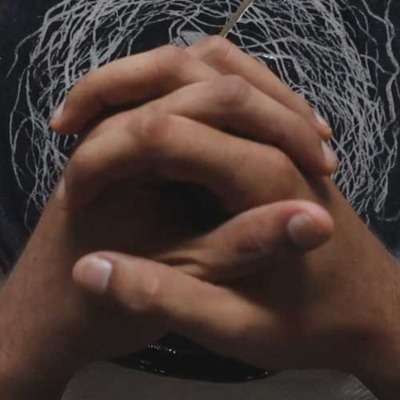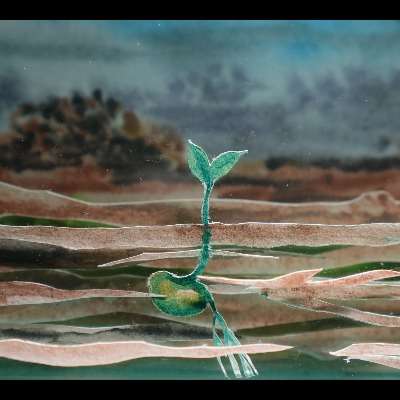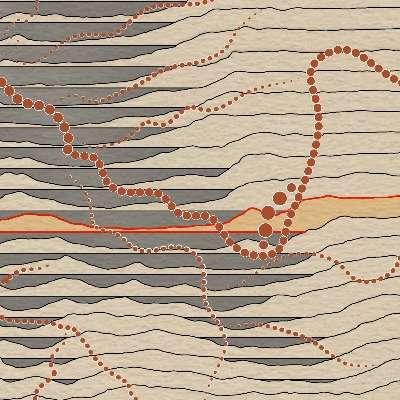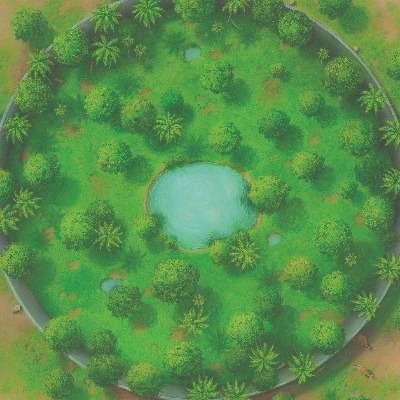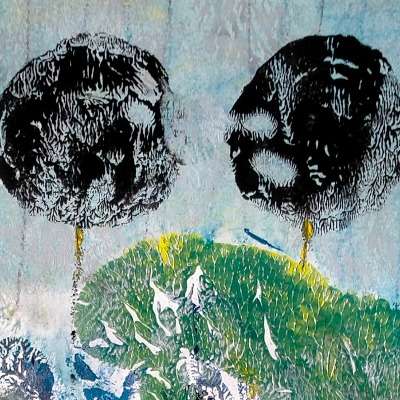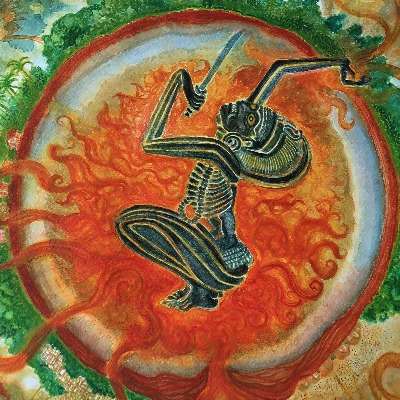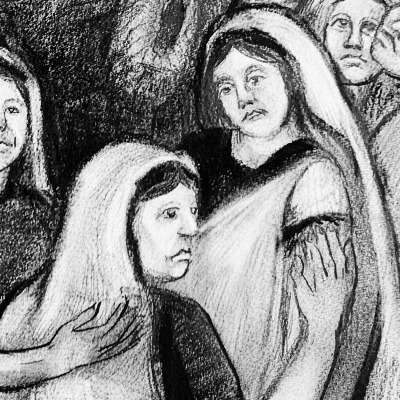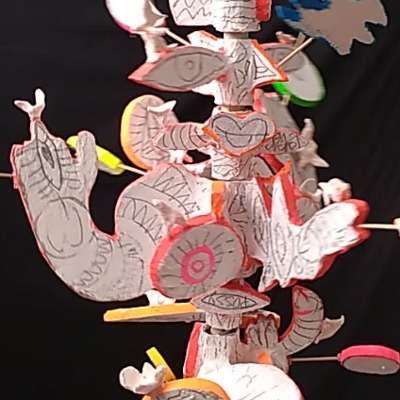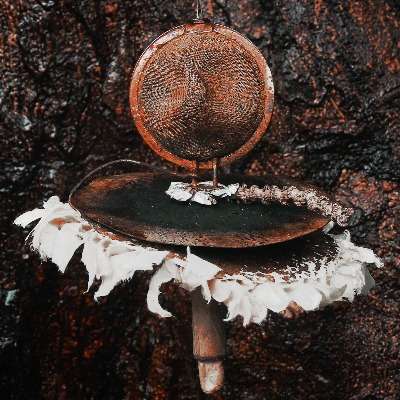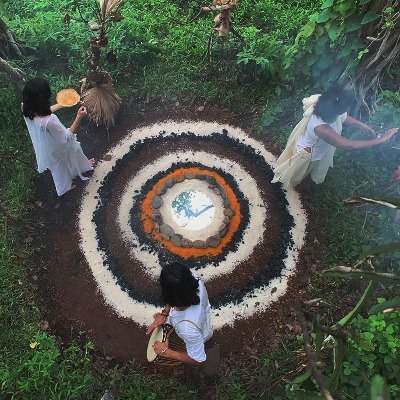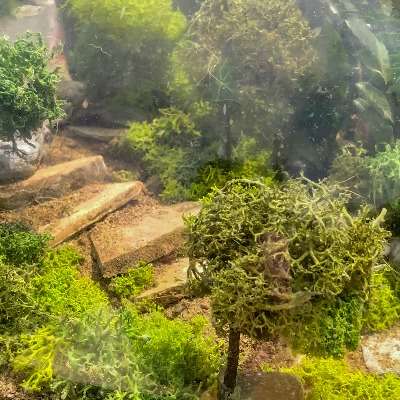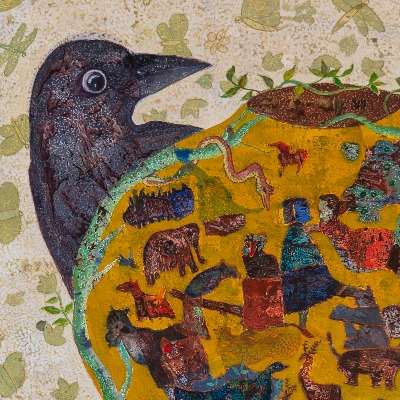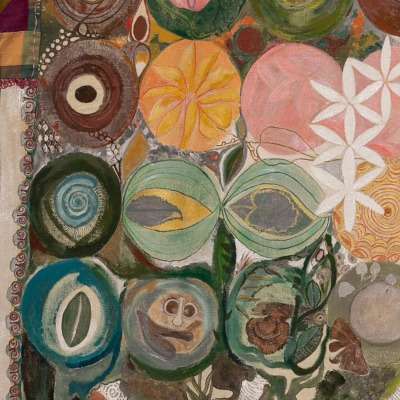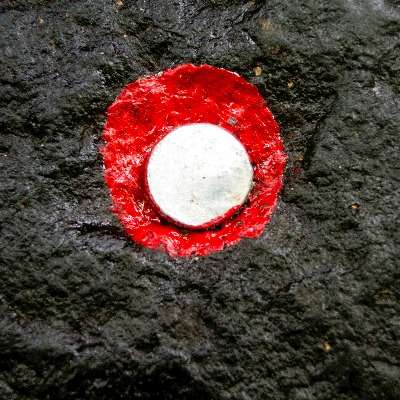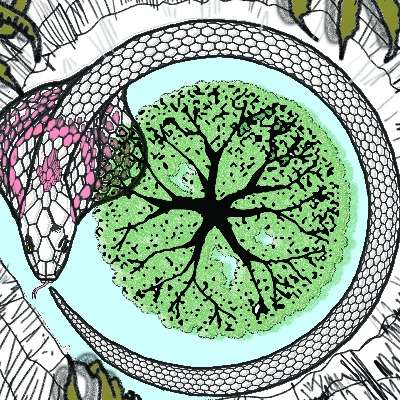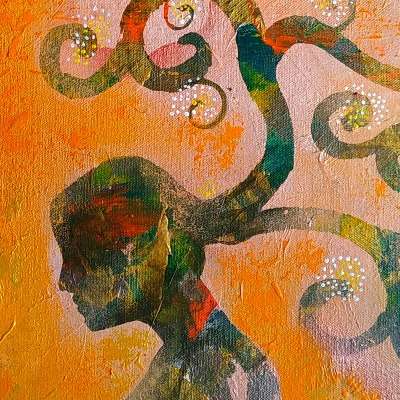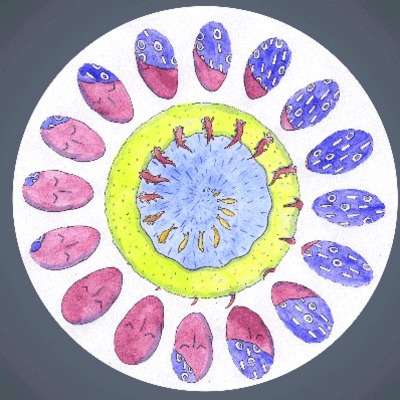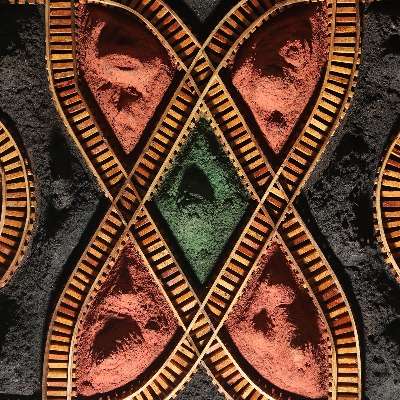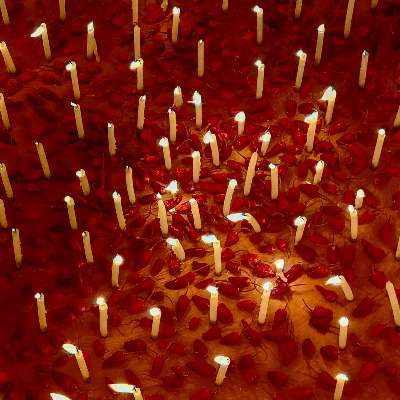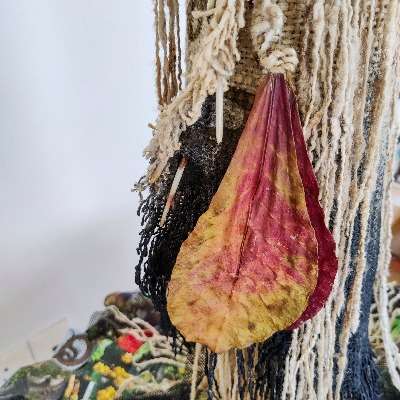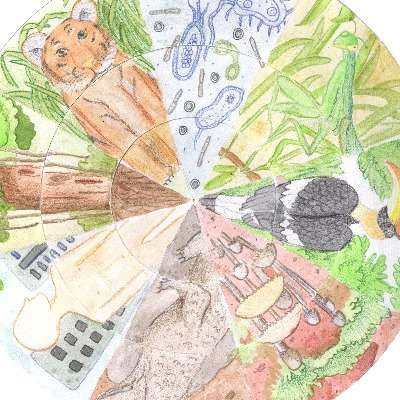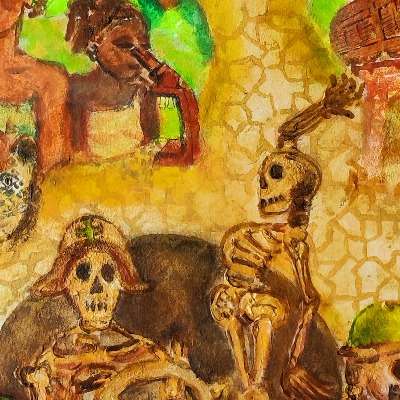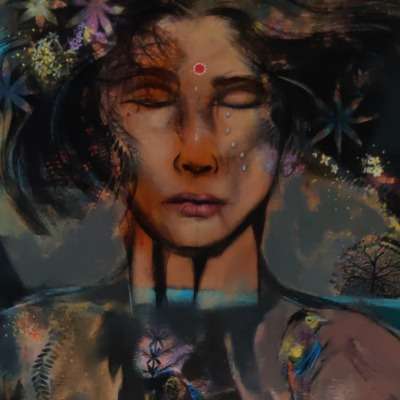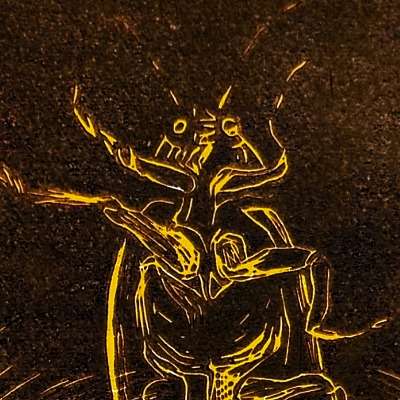Mandalas for Mollem
"It was a circumambulation of such precise, ritualistic grief no one interfered."
― Sue Monk Kidd, The Invention of Wings
"I began to understand that the goal of psychic development is the self. There is no linear evolution; there is only a circumambulation of the self."
― C.G. Jung, Memories, Dreams, Reflections
If asked to sum up what Mandalas for Mollem is about, the epigraphs quoted above would suffice. If we overlap the circles: one that poignantly traces the outer world while the other is an ongoing and eternal inward journey, I would have said all that one needs to say.
Yet, it would be a grave disservice to the citizens of Goa who reacted with shock and grief to the news of the destructive projects planned in Mollem National Park and Bhagwan Mahaveer Wildlife Sanctuary. This line from the website of the Sanctuary Nature Foundation strikes at the heart of the matter: "These forests are part of the Western Ghats which are 150 million years old making them older than the Himalayas! They are one of the 36 biodiversity hotspots in the world.“
There is also an excellent and informative tool kit on the site that is regularly updated (https://sanctuarynaturefoundation.org/article/mollem-campaign-tool-kit). The storm of criticism continues unabated through newspaper reports, academic analyses, essays and environmental workshops - most of which has been stunningly and eloquently documented on social media by a quartet of young, earnest and fiery Goans (follow them on Instagram: @mymollem.goa or @mollem.memory.project; Facebook: @savemollemgoa; Twitter: @savemollemgoa).
We live in the posthuman era. This ambiguous term has seven different definitions claimed by the philosopher Francesca Ferrando. But the definition I gravitate to is the one that shifts the focus from an anthropocentric humanism to a biocentric one. Anthropocentrism centres on the value of humans in the scale of things; biocentrism expands that value to the whole of nature. Thus the idea of Mandalas for Mollem was born as a protest. To protest that gross devaluation and gain fundamental insights into our inner nature.
I invited persons who had similar inclinations, demonstrated in the things they do, create and share. I met with artists of every persuasion, environmentalists, poets, writers, architects, teachers, and others who transition between these fields. A meeting of biocentric posthumans collected together in anguish and anger. Presentations by the scientist Madhura Niphadkar-Bandekar and me led to a discussion and a commitment to the online residency and exhibition. While Madhura summarised what Mollem stands for and the plans for it, my presentation traced the history of the circle in the visual arts from the dawn of time to its twilit manipulations in mass culture. I emphasised that the ubiquity of the circle motif and its manifestations transcended all kinds of borders: geographical, temporal, cultural and spiritual.
This leads us to the mandala employed in Buddhist rituals as a tool for meditation and an act of healing. Carl Jung devoted an entire essay to the mandala and its psychological power to heal and transform as a transcendental archetype embedded deep in our collective unconscious. Analytical psychology is the scaffolding of all my endeavours including, a series of therapeutic drawings Mandalas for Medusa done in 2002. The symbolic and therapeutic value of the mandala thus became the propeller for Mandalas for Mollem. What can be more cathartic and empowering than immersing oneself in a mandala of one’s own making while protesting at the same time?
Mollem
I went into a forest
I went in
and in and in
Where did the soil end
and the trees begin
Where did the trees end
and the birds begin
Where did the birds end
and the sky begin
I went into a forest
I went in and in
and in.
What finally took shape was a 12-hour art residency spread over two weekends by involving scientists, naturalists and activists for invited and juried artists. The 'greens' would be the backbone, the go-to persons to understand the horrifying nature of the plans for Mollem. Madhura Niphadkar-Bandekar, Parag Rangnekar, Nirmal Kulkarni and Tallulah D'Silva acquitted themselves admirably in this regard: from making presentations to enabling artists to discover plant species. To us, they were the guardian deities of the forests. Add Salil Chaturvedi, writer and poet (he composed the poem Mollem, especially for this endeavour) and, you have a residency where ideas and possibilities ripple outwards in concentric circles. The art residency included two prompts to explore issues relevant to the environment. The prompts were to create artworks based on the tree and create effigies (spirit dolls, healing dolls, fetish dolls, etc.). Presentations made outlined the pervasiveness of the tree and figurine in the collective unconscious since time immemorial.
It resulted in works diverse in tone and medium: works on paper, sculptural objects, installations, assemblages, textile art, a short film, gifs, digital drawings and even a terrarium. The curatorial imperatives were two: it should be a mandala for Mollem, accompanied by a piece of text which could be original or a quotation from any source - the text being something which brings other layers into play. Other than being the devil's advocate when invited by the artists, there were no interventions of any kind.
Thus in the spirit of the epigraphs, each of the artist's protests against the planned desecration in their way and in doing so, they circumambulate around themselves.
Apurva Kulkarni
August 2021










